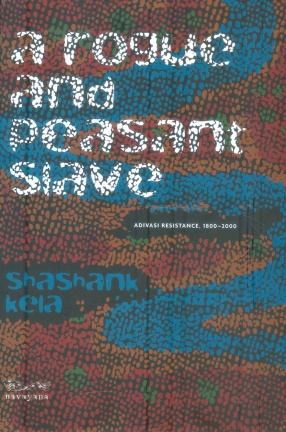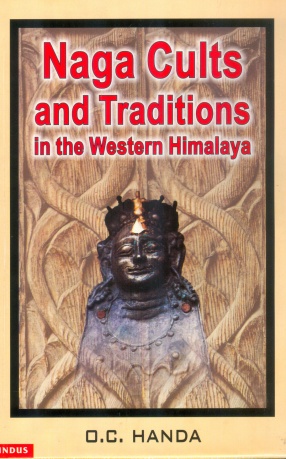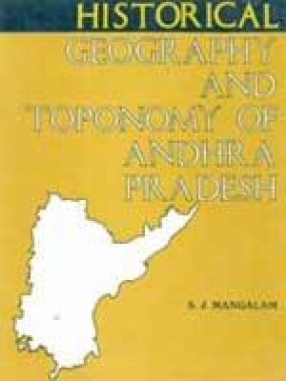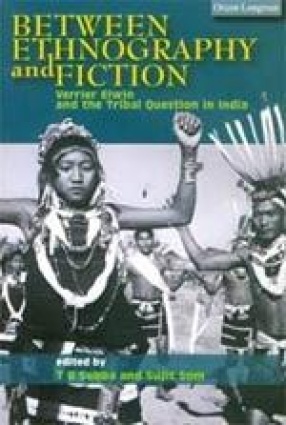A Rogue and Peasant Slave: Adivasi Resistance 1800-2000
Why do adivasi societies defend themselves so desperately against the state? What is it that sparks so much protest and conflict in India’s adivasi regions?
These are some of the questions this book seeks to answer. The first part shows how the bhils of western Madhya Pradesh were affected by colonialism, the perceptions and notions that shaped colonial policy, its effects on material life and politics, how bhil groups adapted to these developments and resisted them. A social history cast as narrative a narrative of blindness and rancour, resistance and change it charts the emergence of an unjust and oppressive social order.
The second part is a reflection on adivasi politics in the twentieth century. It begins with the understandably suspicious adivasi response to nationalism, and goes on to examine India’s development policies and their effect upon adivasi societies. It looks at the emergence of an adivasi middle-class and the contradictions of its political role, as well as collective modes of protest and adaptation. Kela discusses the ways in which culture and politics intersect, and how political choices are shaped by cultural developments.
A Rogue and Peasant Slave challenges the current academic consensus on the relationship between adivasi societies and the caste-based agrarian order, and seeks to place them in the context of a wider agrarian and ecological history. It reveals the intimate connection between the past and the present, and shows how some of India’s most pressing contemporary conflicts can only be understood with reference to a history whose consequences are still working themselves out.
Get it now and save 10%
BECOME A MEMBER







Bibliographic information